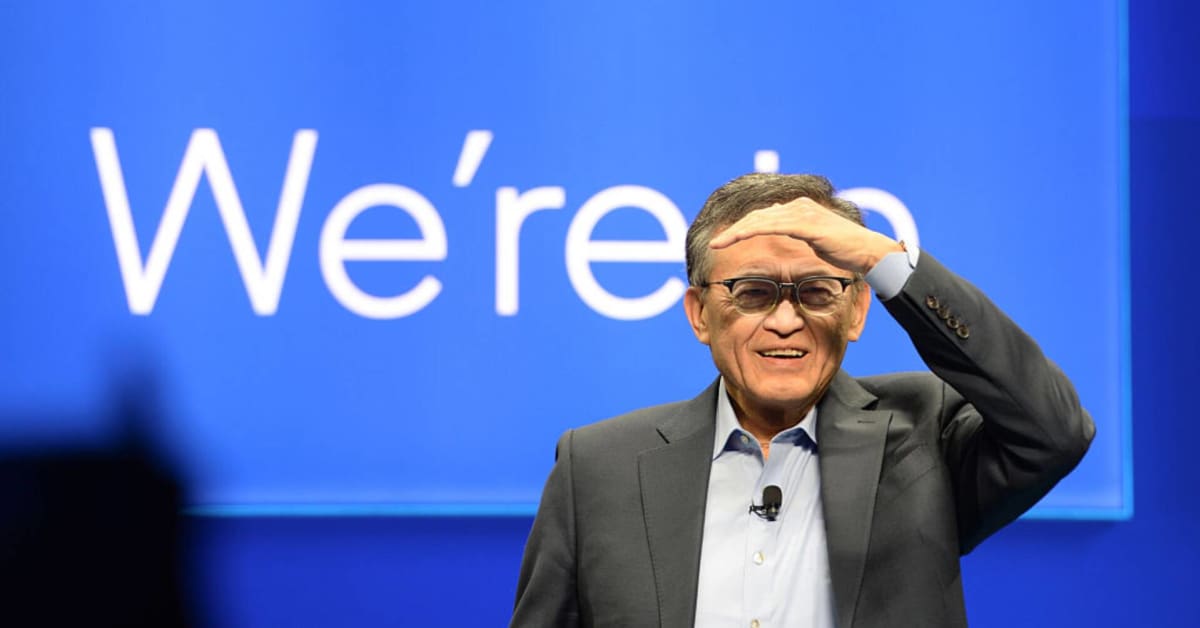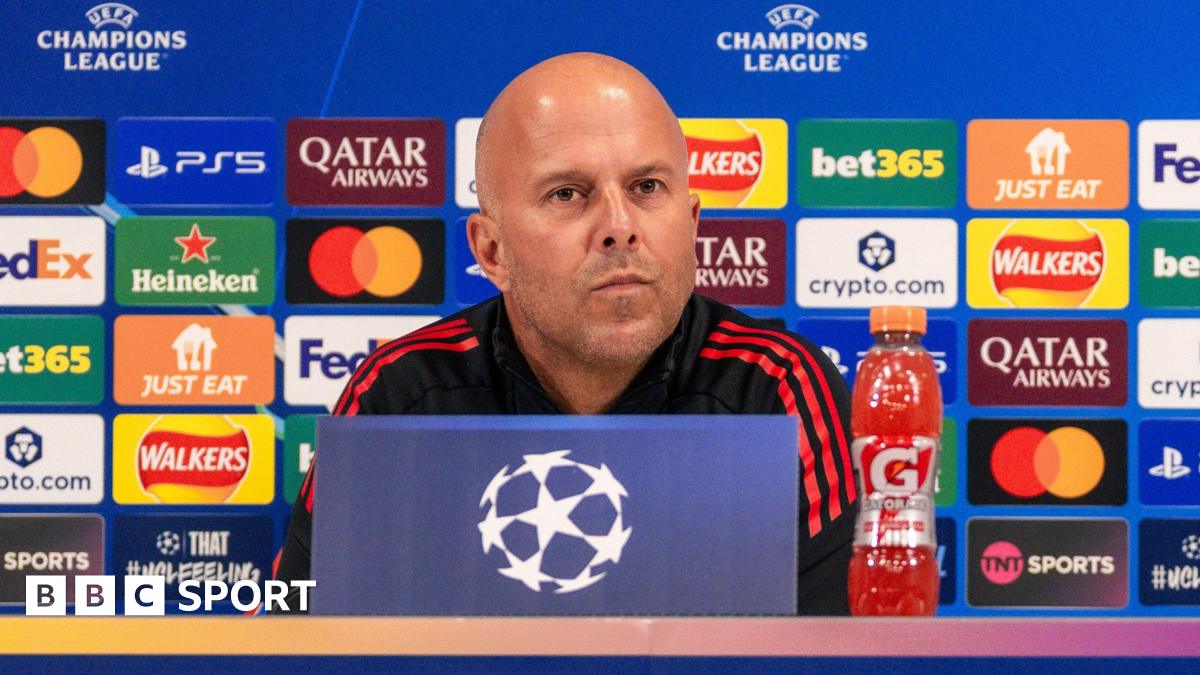
The best way for a company to lose its dominance in the market is to underestimate its rivals. Some of the best examples of this failing are Nokia and Blackberry: both companies severely underestimated Apple and its iPhone as it entered the market.
Intel underestimated AMD and ARM in the CPU space and the importance of graphics processing units. As if having Apple drop its CPUs for its own “Apple Silicon” and AMD overpower them with the Ryzen CPU line wasn’t enough, Intel was caught off guard when the artificial intelligence wave started.
The company was significantly behind its competitors in the GPU space and simply wasn’t ready to compete.
Unfortunately, Intel has an even bigger problem.
Intel Q2 revenue stagnates year over year at $12.9 billion
On Jul 24, Intel (INTC) reported its results for Q2 of fiscal 2025.
“The changes we are making to reduce our operating costs, improve our capital efficiency, and monetize non-core assets are having a positive impact as we work to strengthen our balance sheet and position the business for the future,” Intel CFO David Zinsner stated at the time.
Here are the earnings highlights:
Revenue was $12.9 billion compared to $12.8 billion in Q2 2024
Gross margin of 27.5% compared to 35.4% in Q2 2024
Diluted loss per share attributable to Intel was $0.67
Net loss $2.9 billion compared to loss of $1.6 billion in Q2 2024
The company also provided an outlook for Q3 of fiscal year 2025:
Revenue of $12.6 billion to $13.6 billion
Gross margin of 34.1%
Diluted loss per share attributable to Intel of $0.24
Intel’s foundry business bleeds $13 billion in a year
Intel’s fabs generated nearly $18 billion in sales over its last four quarters but came at a hefty loss of more than $13 billion. The fabs business contributed to about one-third of Intel’s revenue in that time span.
Operating semiconductor fabs is extremely expensive. Research and development for better manufacturing processes costs billions. When a company develops a new process, it can take a while before it can be used with good yields.
Intel finds it challenging to attract customers, as most big companies use Taiwan Semiconductor Manufacturing Company (TSMC).
What makes Intel’s already difficult situation worse is a claim made by a high-ranking executive from KLA, a major wafer fab equipment maker, that TSMC has secured deals with about 15 companies to make chips using its N2 manufacturing process, as reported by Tom’s Hardware.
As if that weren’t enough, it has been rumored for months that Intel will make its Nova Lake CPUs on N2 or use it as a fallback.
AMD faced a similar situation Intel is facing now, back in 2009, and it managed to save itself by divesting its fabs business as Global Foundries. Both companies are in much better position than they were at the time. Instead of divesting the fabs, Intel secured a lot of cash.
More Tech Stocks:
Analysts turn heads with Nvidia rival’s stock target after earnings
Analysts unveil surprising Dell stock target after slump
AI stocks face a reality check after a $1.5 billion implosion
After initially trying to acquire Intel’s foundries, SoftBank decided to invest $2 billion in Intel. The US Government plans to speed up the payment of $8.9 billion in funding already pledged to the company. The latest deal Intel scored is with Nvidia, which will invest $5 billion.
Bank of America analysts Vivek Arya and his team provided an opinion on Intel stock following the deal with Nvidia.
They set the target price at $34 with a neutral rating, based on a 3.3 multiple of their enterprise value to sales ratio estimate for 2026, in line with the historical range of 1.7 to 4.
They noted downside risks:
Weaker-than-expected trends in a mature PC market
Delays in process technology and roadmap
Accelerated share loss to major competitors
More competition in the profitable data center market
While Arya and his team give a neutral rating, not all analysts are as optimistic.
“Intel executives presented at the Citi TMT conference on Wednesday. By Thursday morning, Citi analyst Christopher Danely, already bearish on Intel, repeated his call for Intel to get out of the foundry business. He gave the stock a $25 target. It’s too expensive, Danely wrote, and its plan “has minimal chance of succeeding,” writes Charley Blaine for TheStreet



